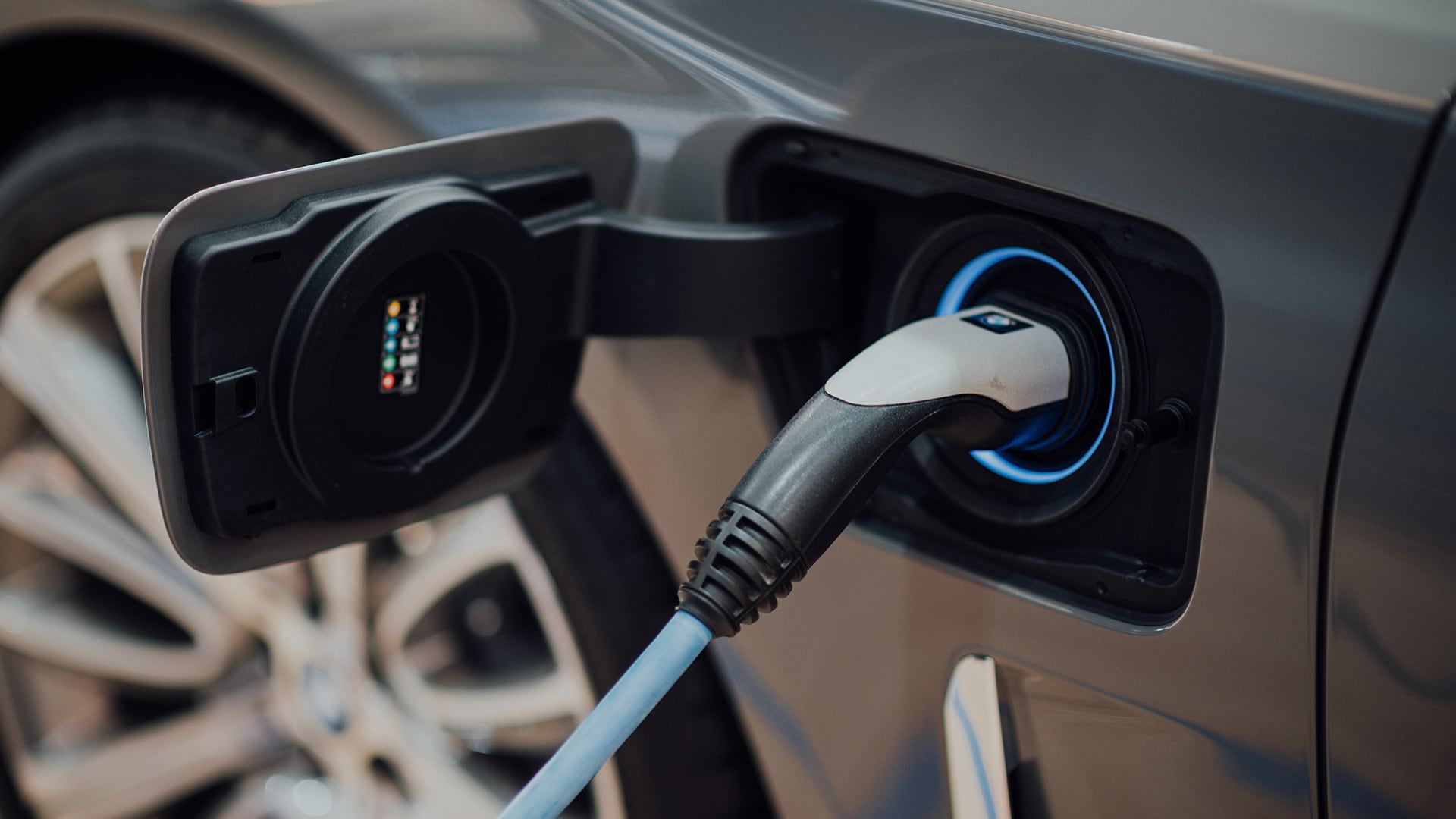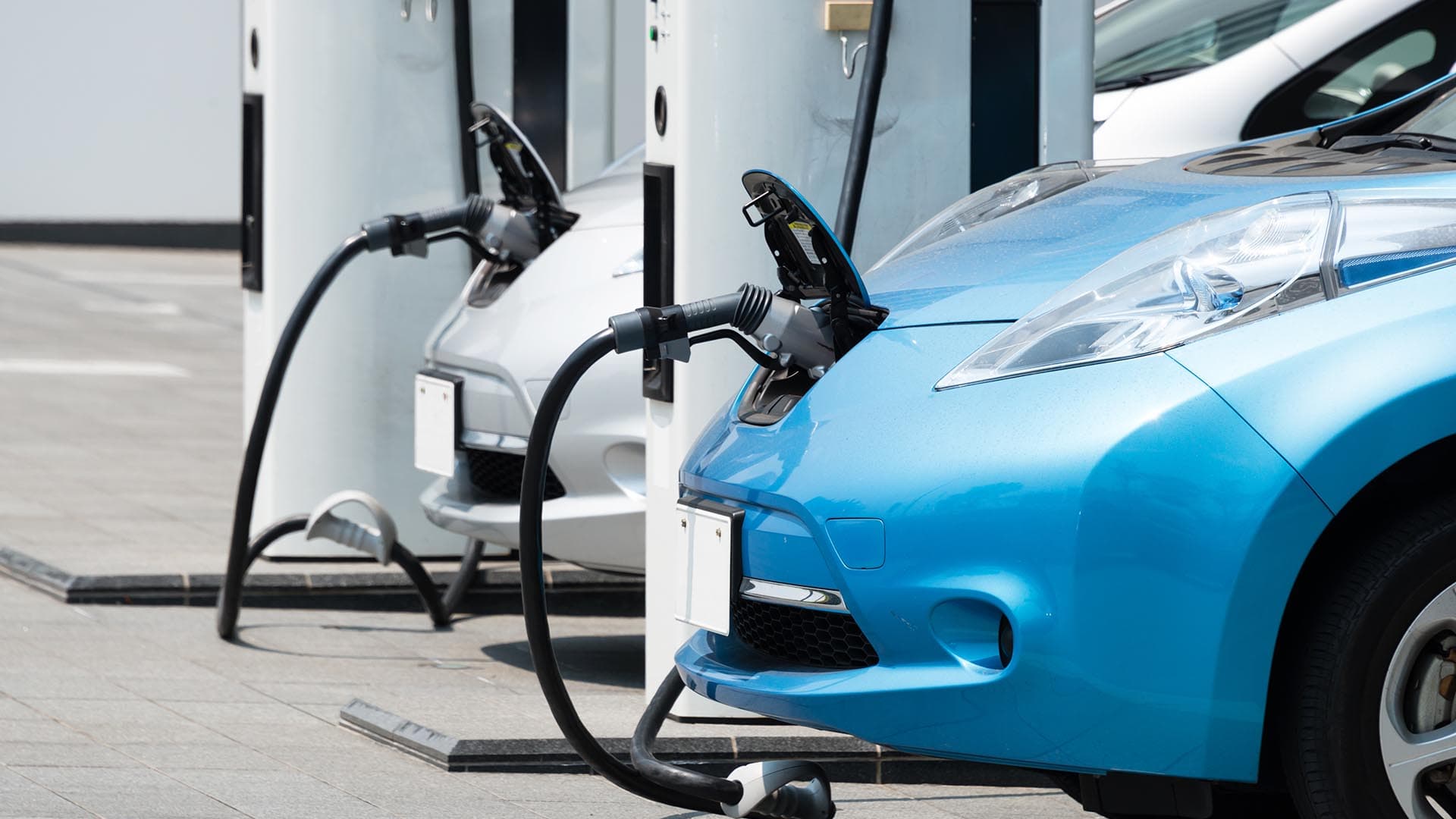As promising as electric vehicles are in the fight against climate change, the EV industry remains mired in a conundrum. The problem is a chronic shortage of public charging stations in the US, particularly the kind that can power a car for trips longer than the average commute or grocery store visit.
But if the adage about knowledge equaling power is true, then location intelligence could help strengthen the charging infrastructure needed to support EV adoption.
The transportation sector is the largest source of greenhouse gas emissions in the United States, producing slightly more GHG than electricity generation and industrial activities, and more than residential, commercial, and agriculture activities combined.
Climate experts point to collective action as a way to fight climate change—action such as personal use of an electric vehicle (EV). Driving an EV is an individual decision that, when reproduced on a mass scale, would reduce GHG emissions. For the EV industry, this represents a powerful collective action opportunity.
A Stalled Revolution
Until recently, EV adoption saw a meteoric rise in most markets. The number of EVs on the road across the globe was only 20,000 in 2010, and soared to 1 million by 2014, according to a report from the International Energy Agency. Over the last two years, it doubled, from 3 million to 7.2 million. Nearly half of those vehicles are in China, the world’s largest auto market.
In the United States, the world’s second-largest car market, the EV revolution has hit a speed bump. Although EV sales in the US doubled between 2017 and 2018, they flattened in 2019, increasing by less than 2 percent, according to the US Department of Transportation. Other estimates, from sources both private (Alliance of Automobile Manufacturers) and public (US Department of Energy) suggest the rate may have even dropped.
Call it the Tesla effect. The company’s Model 3, introduced in 2018, accounted for nearly half of all EV sales that year. But in 2019, the US supply of Model 3s decreased significantly, as Tesla sent larger shipments to European markets. Other automakers introduced just eight new EV models in 2019, with 200 scheduled to debut in the following five years, prompting many potential buyers to hold off on purchases.
The US–China Comparison
Also in 2019, a US federal tax credit for EV ownership ended for Tesla, GM, and some other automakers. (The credit only applies to a company’s first 200,000 EVs.) Meanwhile, the Chinese government slashed direct EV subsidies to automakers. Both moves effectively raised the consumer cost of EVs, yet China’s market continued to grow.
Charging infrastructure could explain at least some of the difference. It’s worth noting that China has 82 percent of the world’s publicly available fast chargers—also called level 3s—which can charge a battery to 80 percent capacity in 30 minutes. After an hour, a level 3 charge will propel an EV for 250 miles. That’s around ten times the charging rate of the much more common level 2 chargers.
The US has just 5 percent of the world’s public fast chargers, and many of the states with the slowest rate of EV adoption—including Mississippi, West Virginia, Alabama, and Montana—are home to level 3 deserts. North Dakota, which ranks at or near the bottom for EV use, has no public level 3s. (For their part, New York and Florida recently announced programs to boost investment in EV charging infrastructure.)
Many analysts who have studied the American EV market, including McKinsey and Pew, have concluded that the dearth of level 3s is hindering progress. But the cost of installing a single level 3 charger can reach $350,000, including construction, permitting, and system upgrades. Businesses are understandably leery of making that commitment without strong evidence that demand will materialize.
Investing in Charger Infrastructure
Businesses considering a level 3 investment have a twofold challenge. They must determine whether EV usage in their area will support the infrastructure costs and gauge what those usage patterns will look like in the future. In analyzing this complex problem, investors can take an approach that uses location intelligence to weigh market potential.
Using a geographic information system (GIS), companies can use mobility data to analyze driving patterns and visualize the area’s demographic characteristics.
One major automaker, for instance, uses enterprise-level GIS to anticipate which models are likely to sell best in certain areas. A company examining the feasibility of investing in level 3 infrastructure—either as a stand-alone business or an add-on to an existing business, such as a hotel or restaurant—might perform a similar analysis. Through GIS, investors can observe areas with higher concentrations of EV ownership as well as locations where ownership is still low, but the demographic profile resembles areas with growing EV use.
As with other business expansion opportunities, the EV infrastructure problem involves determining the optimal placement of an asset. Retail executives who confront similar questions when gauging where to locate stores often use GIS and artificial intelligence to find trends and patterns in consumer data.
Similarly, wireless companies are using GIS to determine optimal placement of cell phone towers. To create a cost-benefit analysis of level 3 EV infrastructure, planners could include buyer intention surveys, the presence and popularity of green-friendly brands, and areas where increasing commuting distances are making level 2 chargers less practical.
In addition, a company might use GIS to gauge an area’s physical suitability for EV charging—just as a pharmaceutical manufacturer might analyze a site’s access to water resources and electricity. Smart digital maps from local utility companies, municipalities, or economic development agencies can reveal available power loads and other critical information.
Smalls Steps on the Level 3 Journey
The use of location intelligence to solve the EV charging problem need not be rooted in complex AI methods. It could be as simple as highlighting hotels and rest stops near exits on well-traveled interstate highways.
The hour required for a 250-mile level 3 charge coincides with the amount of time a road-tripping family might spend at a restaurant before resuming their journey. For restaurant, retail, and hospitality executives, an understanding of traveler volume and needs could help determine whether a level 3 investment makes financial sense.
With 200 new EV models due in the next few years, drivers will have many options for more climate-friendly vehicles at a time when consumers are increasingly concerned with the impacts of climate change. The question for investors is where buyers will be, and where they will need their power boosts. Location intelligence could provide much-needed answers.











